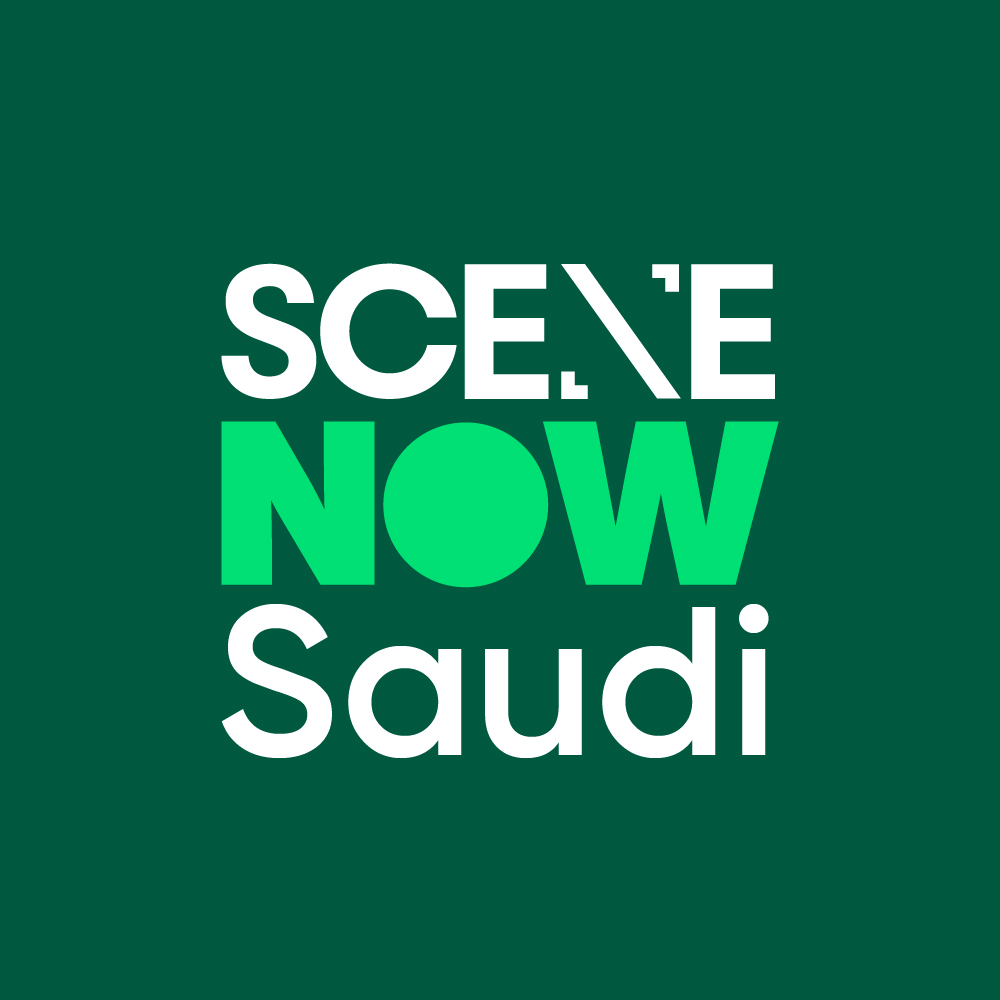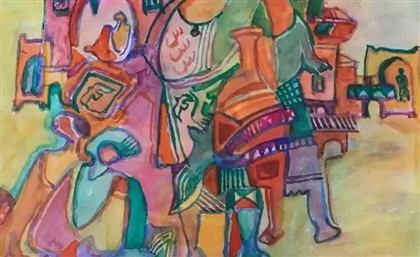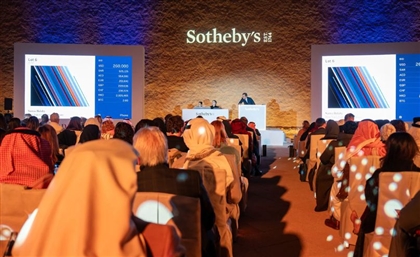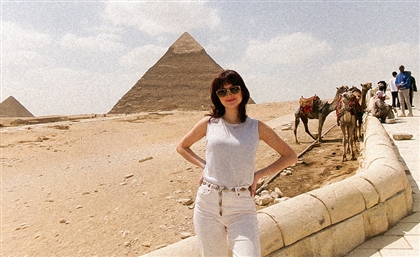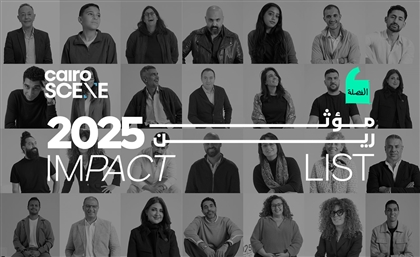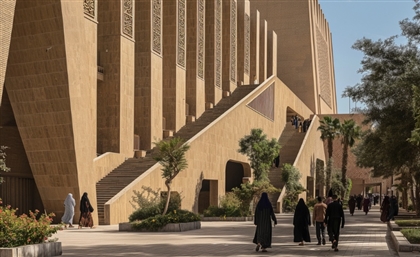Saudi Arabia is Dominating London’s Summer Art Season
The world’s leading fine art auction houses, Christies and Sotheby’s, are both hosting major exhibitions showcasing Saudi art.
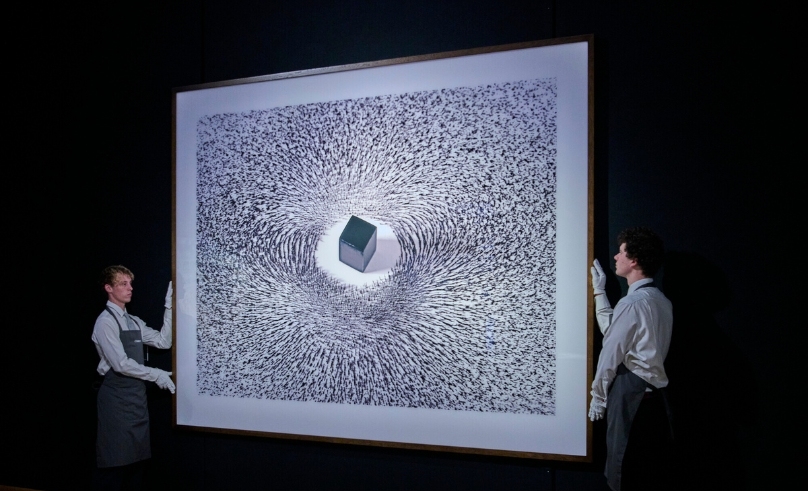
Christie’s and Sotheby’s, the world’s leading fine art auction houses, dominate the global art world. For more than 200 years, they have acted as arbiters of taste and shapers of the market. They sell every luxury item imaginable, from a bottle of Domaine de la Romanée-Conti 1945, with a price tag of half a million dollars, to French Impressionist masterpieces. However, it is in modern and contemporary art, exemplified by Christie’s 2021 sale of an NFT by digital artist Beeple for USD 69 million, that Christie’s and Sotheby’s have left their strongest mark.
London, along with Paris and New York, has long been a bastion of the art world establishment where collectors from around the globe flock to see the latest hot shows. This summer, however, the art world’s latest craze is modern and contemporary Saudi Art, with both auction houses hosting major exhibitions showcasing local artists.
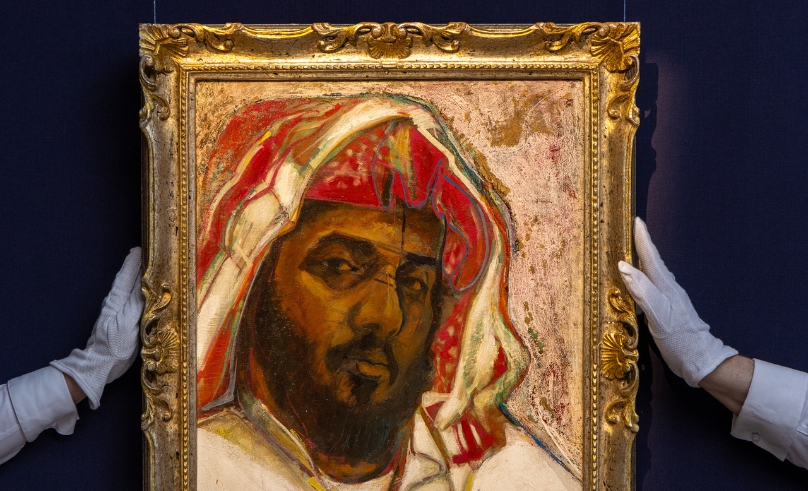
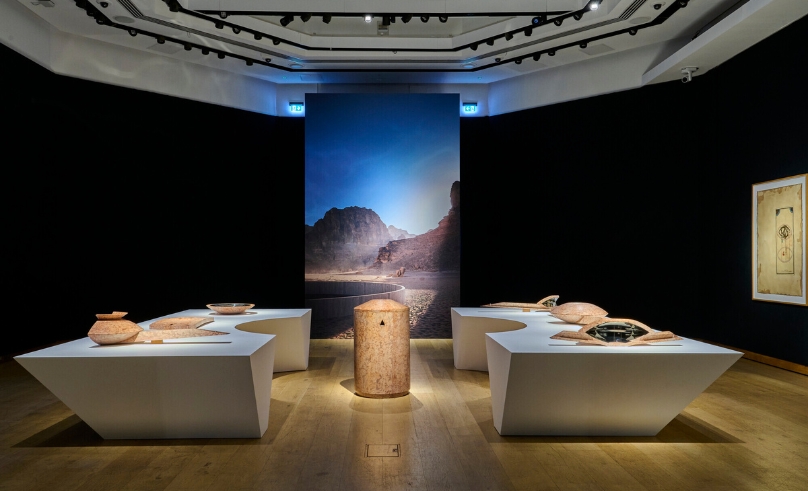
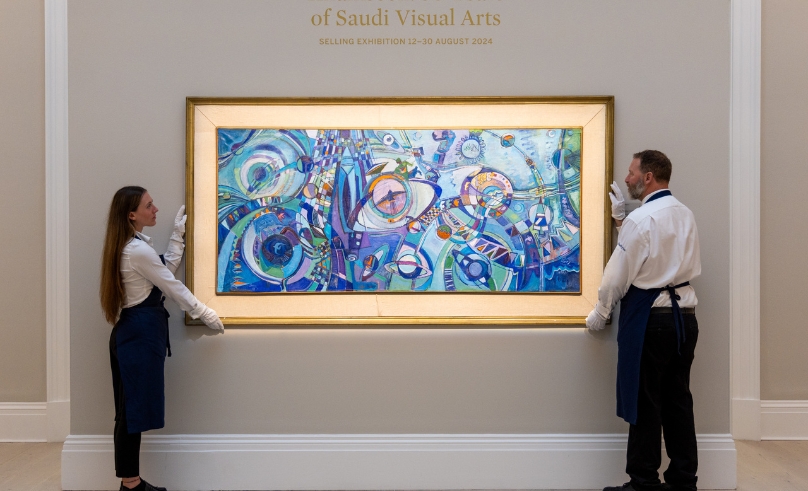
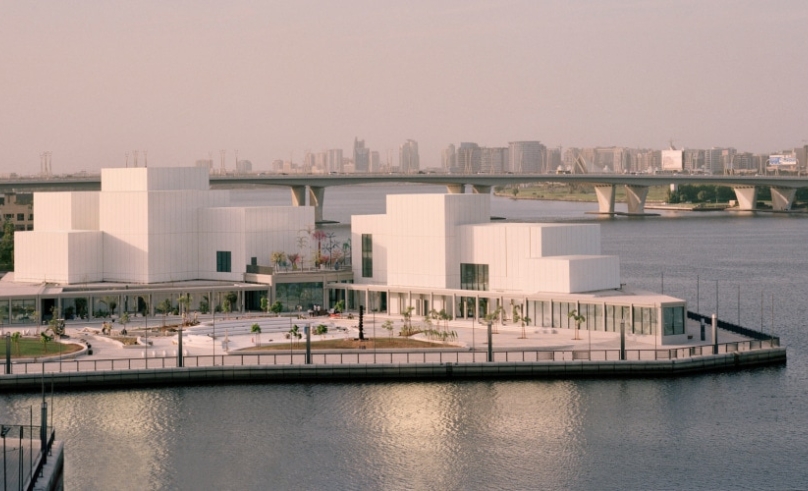
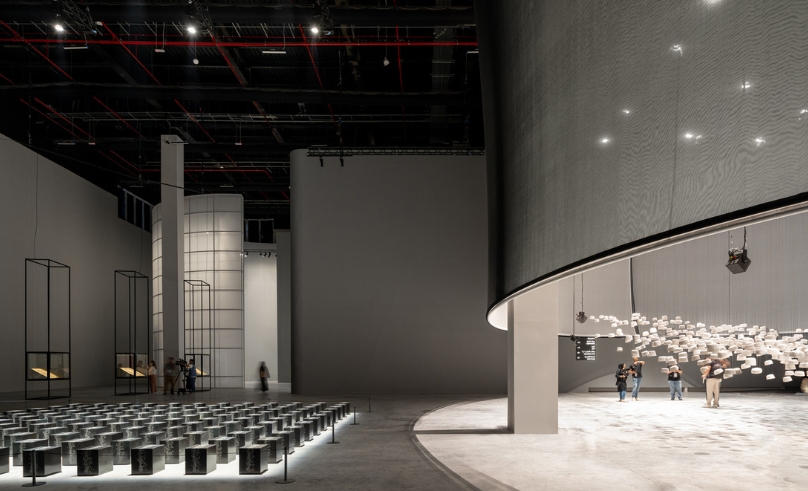
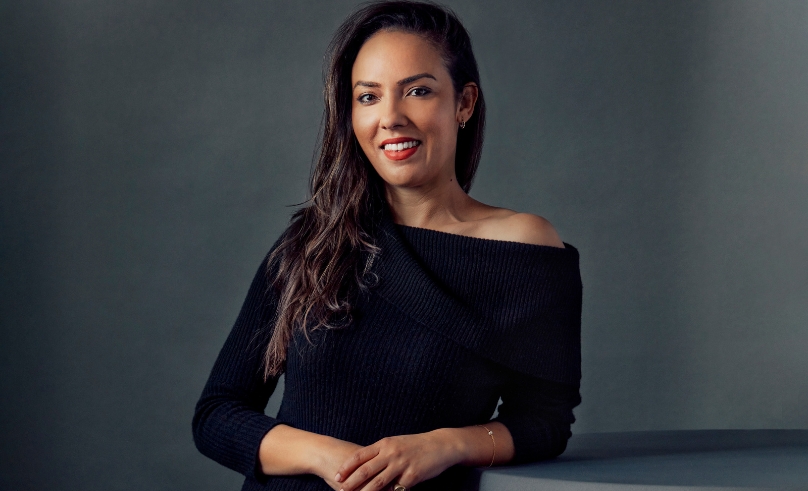
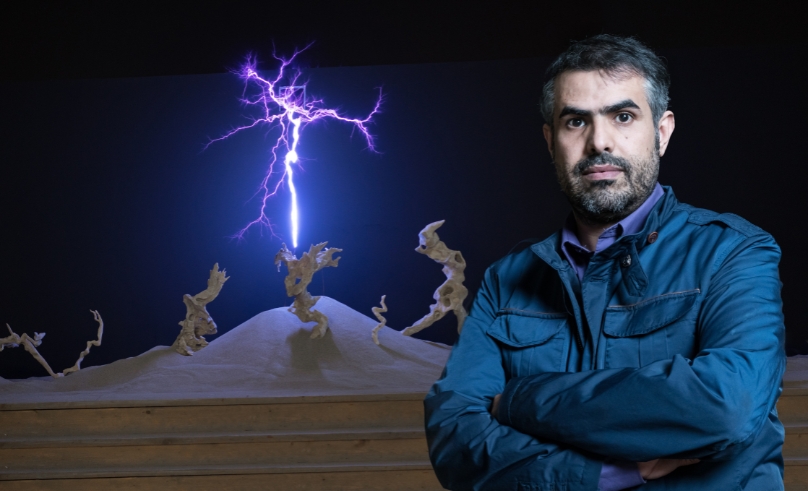
- Previous Article Italian-Palestinian Duo No Input Debuts Eponymous Electro EP
- Next Article Travel Across History on Egypt's Most Iconic Bridges
Trending This Week
-
Dec 27, 2025
-
Dec 23, 2025







